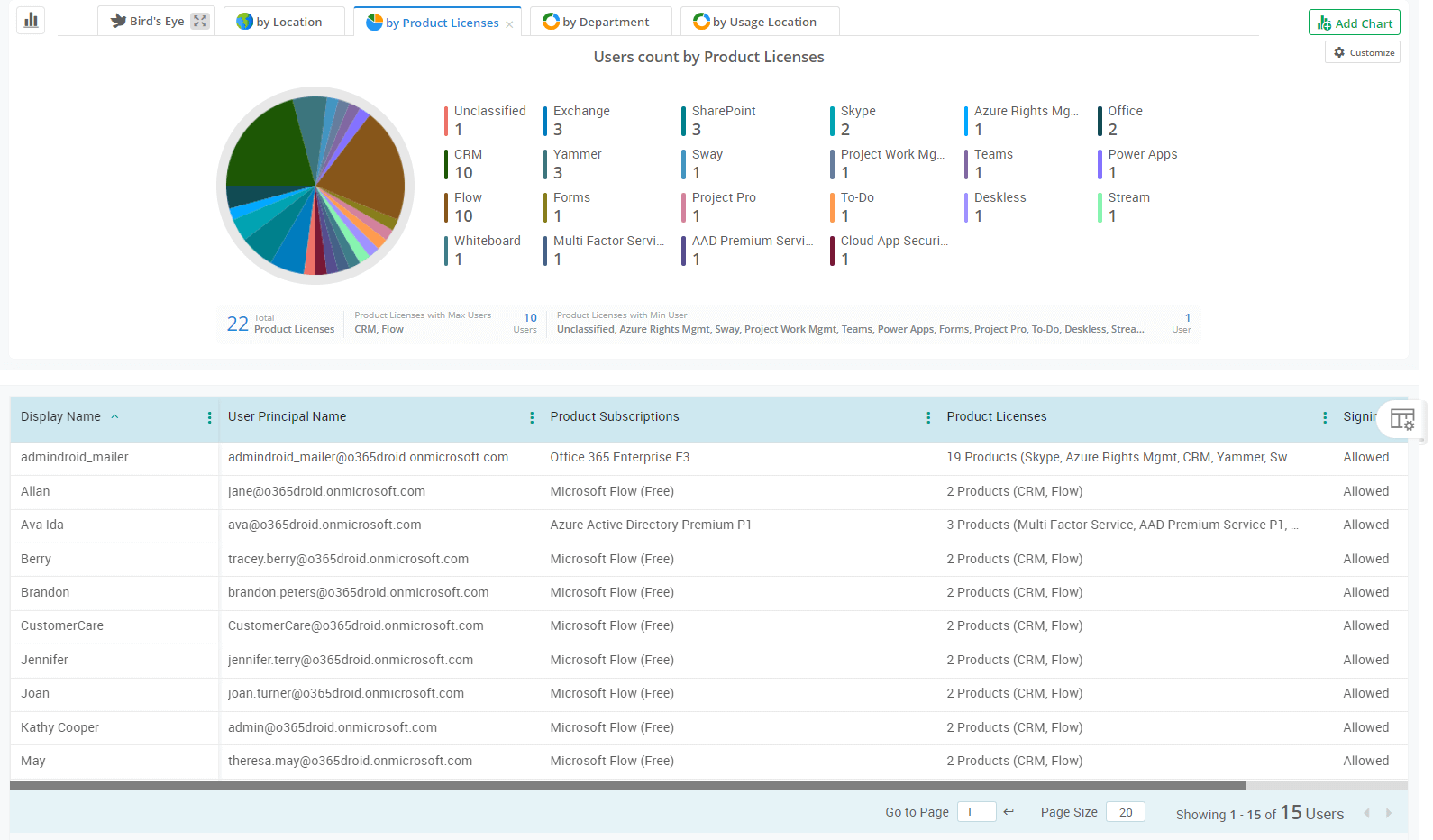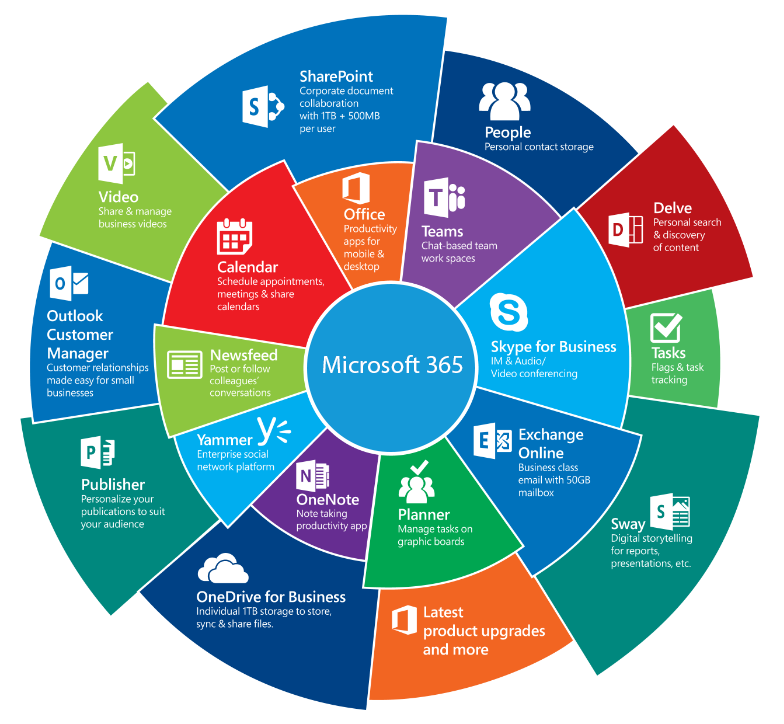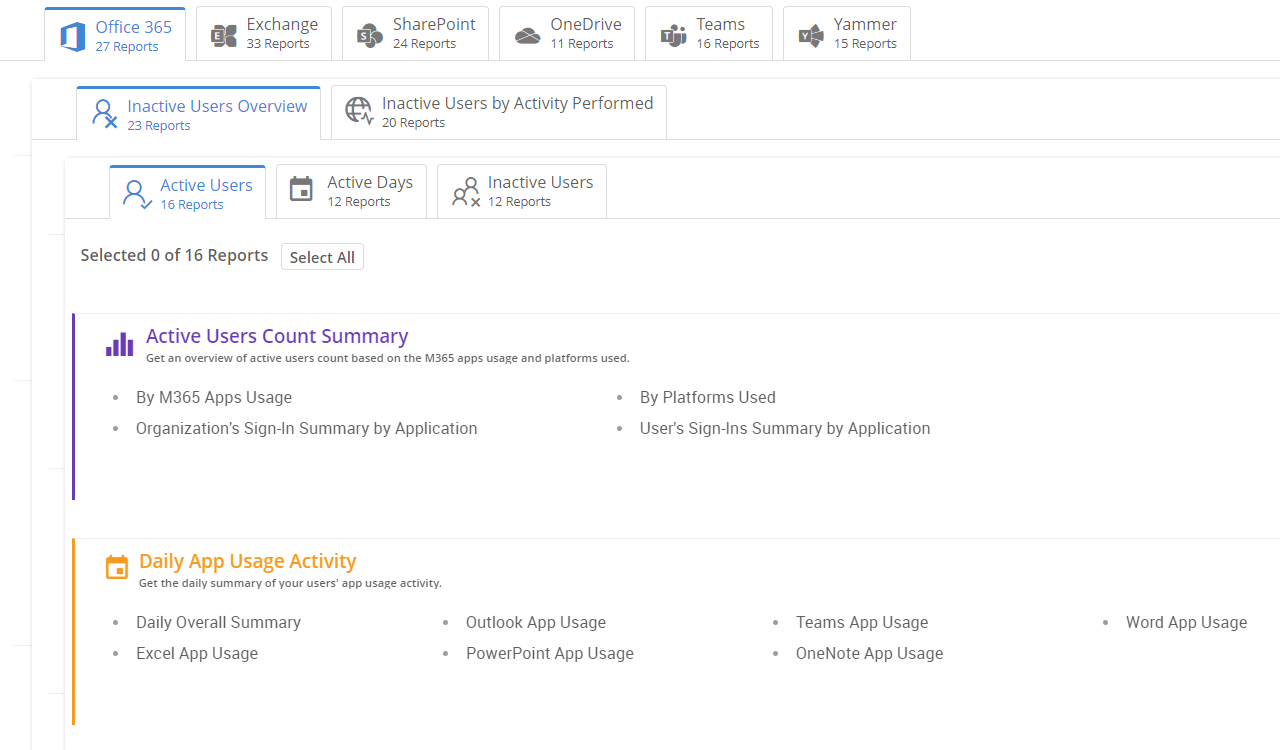
Understanding Licensing



License audits are necessary to ensure your business stays compliant, cost-efficient, and secure. Software vendors like Microsoft, Adobe, and others frequently update their licensing models, making it easy for businesses to unknowingly be over-licensed (paying for more than needed) or under-licensed (risking compliance violations). Regular audits help identify unused licenses, misallocated subscriptions, and potential cost savings, ensuring you're only paying for what you actually use.
Beyond cost optimization, cybersecurity is another critical factor. Expired or incorrect licenses can leave security gaps, limiting access to crucial security features like MFA, data loss prevention, and advanced threat protection. A structured license audit, guided by a knowledgeable vCIO or IT partner, ensures your business remains compliant, secure, and aligned with evolving software agreements.
Staff onboarding and offboarding
User onboarding and offboarding in Microsoft 365 is more than just creating or deleting accounts—it requires careful management of licenses, security, and data access. Onboarding involves assigning the right licenses, configuring security settings, and ensuring access to Teams, SharePoint, and email, while offboarding must properly revoke access, archive data, and secure accounts to prevent security risks. Without a structured process, businesses risk license wastage, compliance issues, and data leaks, making it essential to have a well-managed, automated approach for efficiency and security.
User offboarding is a critical process to ensure security, compliance, and continuity when an employee leaves. Simply deactivating an account isn’t enough—emails, files, and system access must be properly managed. Archiving old user emails or converting them into an alias for a replacement or manager ensures no important communication is lost. Proper offboarding also helps prevent unauthorized access, optimize license usage, and maintain business continuity, making it a key part of IT security and operations.

